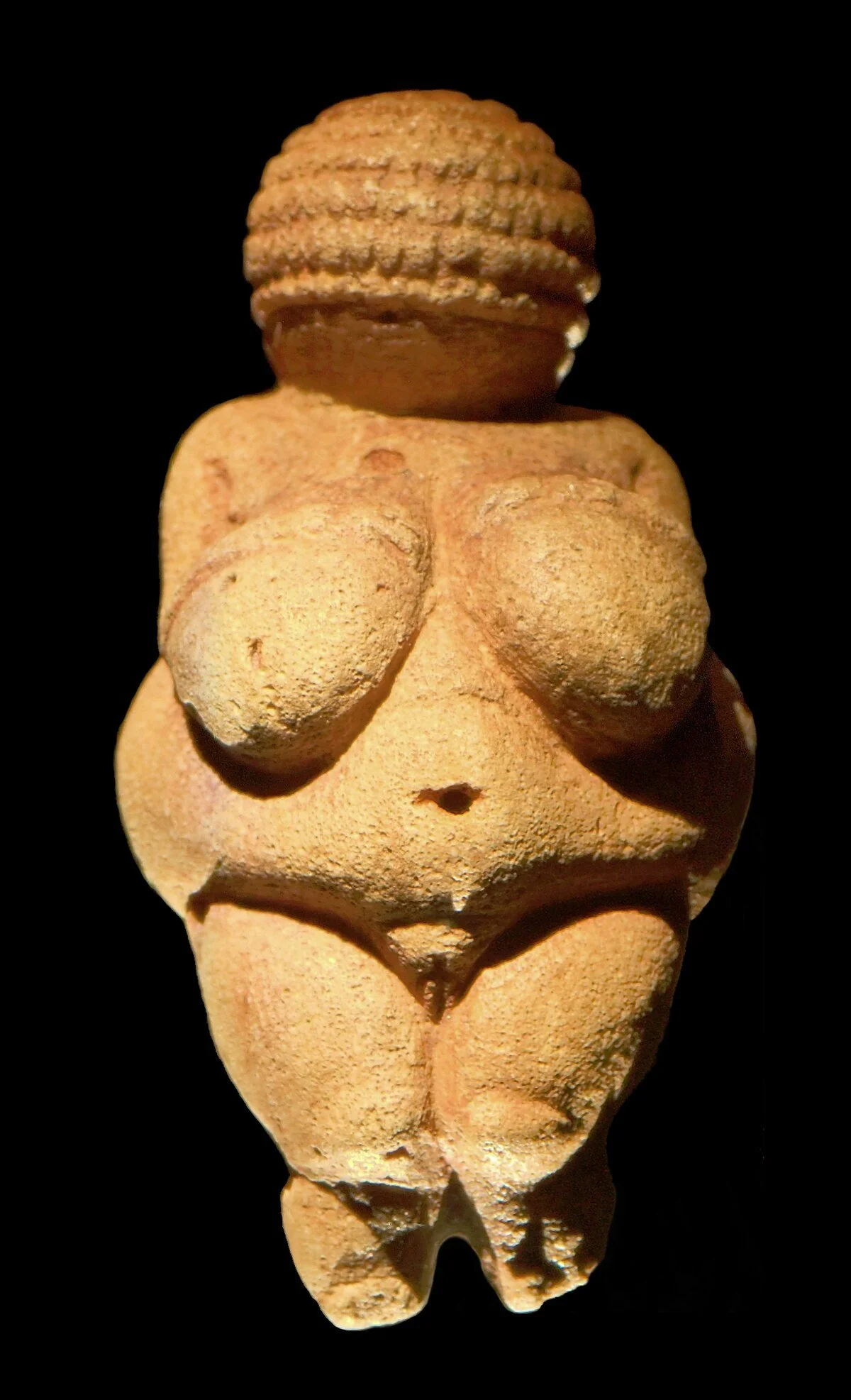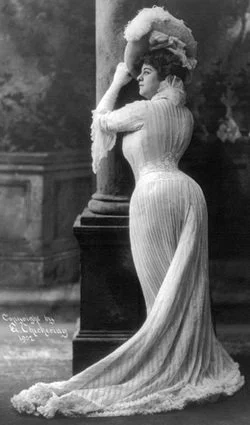Women in Art: From Ancient Ideals to Real Representation
The story of art is, in many ways, also the story of how women have been seen throughout history. From the earliest cave carvings to contemporary galleries, the female form has always been present—but rarely on her own terms. The way women have been represented in art reveals much about cultural values, ideals of beauty, and societal power structures.
From Goddesses to Ideals: Ancient Roots
One of the earliest known representations of women in art can be found in the Venus figurines of the Paleolithic era. These small statues, such as the famous Venus of Willendorf, emphasized fertility and abundance through exaggerated forms. Women were not depicted as individuals, but as universal symbols of life, continuity, and survival.
In ancient Greece and Rome, women appeared frequently in sculpture and painting—often as goddesses or ideals of beauty. Figures like Aphrodite or Venus embodied perfection, their forms carefully balanced and proportioned according to mathematical ideals. Yet behind the divine imagery, real women remained invisible. They were muses, not makers.
The Renaissance and the Cult of Beauty
The Renaissance brought a renewed fascination with the human body, and women were once again at the center of artistic imagination. Think of Botticelli’s The Birth of Venus, where the goddess emerges as the ultimate vision of grace and beauty. These images, while breathtaking, reinforced a narrow standard of femininity—pale, delicate, passive, and idealized.
As art evolved, so did the representations of women, but the focus remained largely the same: women as objects of desire, devotion, or moral allegory. In the 19th century, with the rise of Romanticism and later Impressionism, women appeared in more everyday settings—yet they were still filtered through the perspective of mostly male artists.
The Beauty Standards and the Invisible Majority
Across centuries, the "aesthetic canon" dictated which bodies were worthy of being immortalized. Whether in the voluptuous curves admired in Baroque paintings, or the fragile elegance of Victorian ideals, art constructed images of femininity that often excluded real diversity.
Women of different skin tones, body types, or life experiences were rarely seen.
Even when modern art movements began breaking rules, the female figure remained central—Picasso, Modigliani, and others reimagined women through abstraction and geometry, yet the subject still often served as an external muse, not as a self-portrait of lived identity.
Across centuries, the "aesthetic canon" dictated which bodies were worthy of being immortalized. Whether in the voluptuous curves admired in Baroque paintings, or the fragile elegance of Victorian ideals, art constructed images of femininity that often excluded real diversity. Women of different skin tones, body types, or life experiences were rarely seen.
Even when modern art movements began breaking rules, the female figure remained central—Picasso, Modigliani, and others reimagined women through abstraction and geometry, yet the subject still often served as an external muse, not as a self-portrait of lived identity.
Towards Representation and Voice
The 20th and 21st centuries brought a turning point as more women claimed their place not only as subjects, but also as creators. Artists like Frida Kahlo painted women from the inside out—raw, vulnerable, complex, and unapologetically real. Contemporary art continues to expand this diversity, exploring identity, politics, and the personal truths of womanhood.
Our Mission at El.Mago.Libre.Gallery
At El.Mago.Libre.Gallery, we honor this long history, but we also challenge it. For too long, women in art have been confined to ideals, myths, and narrow standards of beauty. We believe art should reflect real women—in all their complexity, strength, vulnerability, and uniqueness.
That is why our pieces are inspired by living women of different backgrounds, bodies, and experiences. Instead of chasing an abstract “ideal,” we celebrate authenticity. Every curve, every story, every presence matters. Our goal is for every woman who encounters our work to feel seen, represented, and valued.
Because when women recognize themselves in art—not as distant goddesses or unreachable icons, but as themselves—art transforms. It stops being just an image, and becomes a mirror of identity, empowerment, and belonging.
A Future of True Representation
The representation of women in art has come a long way—from ancient Venus figurines to modern canvases of self-expression. Yet the journey is not complete. Each generation must decide how women are portrayed: as symbols, as muses, or as real people.
At El.Mago.Libre.Gallery, we stand for the last option. We believe art has the power to rewrite the narrative—to move from idealization to representation, from silence to voice. And in doing so, we hope to contribute to a future where every woman can finally see herself in art, not as an object, but as the subject of her own story.
At El.Mgalo.Libre.Gallery, we are committed to keeping this conversation alive. Representation in art is not just about history—it’s about the present and the future we are shaping together. We invite you to explore our work, connect with the stories behind each piece, and most importantly, see yourself reflected in them.
Because art belongs to everyone. And every woman deserves to find her place on the canvas.
Thank you for joining us on this journey.



